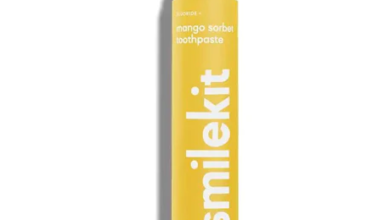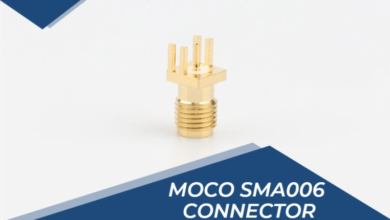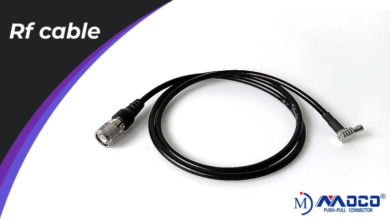How to Create the Perfect Backyard Sanctuary with a Home Bird Feeder
Birdwatching from the comfort of your own backyard is a peaceful, enjoyable hobby that offers a close connection to nature. Whether you’re a seasoned bird enthusiast or someone just starting out, setting up the perfect backyard bird feeder can attract a vibrant array of bird species right to your home. At Home Bird Feeder, we are dedicated to helping bird lovers make the most of backyard birding, offering essential tips and advice on creating the perfect environment to attract beautiful birds and enjoy the joys of birdwatching.
In this article, we’ll explore how to choose the right bird feeder, what type of bird seed to use, and how to maintain your feeder for optimal birdwatching.
Why Invest in a Home Bird Feeder?
One of the greatest joys of birdwatching is observing these delicate creatures in their natural habitats, and a home bird feeder offers an up-close look at their behaviors and personalities. Not only does this hobby provide endless entertainment, but it also plays an important role in helping birds thrive, particularly in urban environments where food sources may be scarce. A well-placed bird feeder creates a welcoming space for birds to feed, rest, and find refuge from predators.
Bird feeders also benefit humans by creating a calming ambiance, supporting mental wellness, and increasing one’s connection to the natural world. Watching birds can reduce stress, improve focus, and bring a sense of calm into your daily routine.
Choosing the Right Home Bird Feeder
1. Understanding Different Types of Bird Feeders
The type of bird feeder you choose will significantly impact the kind of birds that visit your yard. Here are some of the most popular options:
- Tube Feeders: These feeders are ideal for small birds such as finches and chickadees. Their narrow tubes keep bird seed dry, and their design deters larger birds and squirrels.
- Platform Feeders: Also known as tray feeders, these attract a wide variety of birds, including larger species like cardinals and blue jays. However, platform feeders do not protect seeds from rain or snow, so they may require frequent cleaning.
- Hummingbird Feeders: Specially designed to hold nectar, these feeders are a must-have for attracting hummingbirds. They are typically made of red plastic or glass, as hummingbirds are especially drawn to the color red.
- Suet Feeders: If you want to attract woodpeckers and nuthatches, suet feeders, which hold blocks of fat mixed with seeds, are the perfect option, especially in winter when these birds need high-energy foods.
2. Placement is Key
Where you place your bird feeder is just as important as the type of feeder you choose. Birds feel safer when feeders are placed near trees or bushes that offer cover from predators. However, avoid placing feeders too close to dense shrubs where cats and other predators may hide. Placing your feeder near a window will give you a great view of visiting birds but consider adding window decals to prevent birds from flying into the glass.
Additionally, feeders should be placed in areas that are easy to access and clean regularly, as a clean feeder attracts more birds and helps prevent the spread of disease.
What Type of Bird Seed Should You Use?
Different birds are attracted to different types of seeds, and knowing which seed to use can make a huge difference in the variety and number of birds visiting your feeder.
- Black Oil Sunflower Seeds: These are the most popular type of birdseed because they attract a wide variety of birds, including cardinals, sparrows, and finches. Their high oil content provides excellent nutrition, making them a favorite among backyard birds.
- Nyjer Seeds: Perfect for finches, goldfinches, and other small songbirds, Nyjer seeds are tiny and require a specific type of feeder designed to dispense these small seeds.
- Suet: Especially beneficial during the colder months, suet provides birds with the energy they need to survive winter. Suet is a favorite among woodpeckers, nuthatches, and wrens.
- Mixed Seeds: If you’re looking to attract a variety of bird species, mixed seeds are an excellent option. However, be mindful of cheap mixes that contain filler seeds, such as milo, which many birds ignore.
For hummingbirds, you’ll want to provide a sugar-water mixture rather than seeds. Simply mix four parts water with one part sugar, boil for a few minutes to dissolve the sugar, and allow the mixture to cool before filling your hummingbird feeder.
Maintaining Your Home Bird Feeder
Keeping your bird feeder clean is crucial for the health of the birds visiting your yard. A dirty feeder can harbor mold, bacteria, and diseases that can be harmful to birds. Here’s how to maintain your feeder:
- Regular Cleaning: Clean your feeder every two weeks (more often if it rains frequently or you notice mold). Use a mixture of one part vinegar to four parts water, or a mild bleach solution, to scrub the feeder thoroughly. Rinse it well and allow it to dry completely before refilling it with seed.
- Check for Spoiled Food: Bird seed and nectar can spoil quickly, especially in humid or rainy conditions. Regularly check your feeder for wet or clumped seeds, which can grow mold and harm birds. Replace spoiled food immediately.
- Monitor for Pests: Squirrels and other pests can raid bird feeders, stealing food meant for the birds. Invest in a squirrel-proof feeder, or place baffles around your feeder pole to deter squirrels from climbing up.
Attracting Specific Birds to Your Yard
If you have a particular bird species in mind that you’d like to attract, there are a few ways to tailor your yard to their preferences:
- Hummingbirds: Provide a hummingbird feeder with fresh nectar, and plant native flowers that produce nectar, such as trumpet vine, bee balm, and columbine.
- Finches: Use Nyjer seeds in a tube feeder, and plant seed-bearing flowers such as sunflowers or coneflowers.
- Woodpeckers: Offer suet in a suet feeder, and leave dead or dying trees standing (if safe to do so), as these provide nesting sites and insects for woodpeckers.
Additionally, creating a bird-friendly environment with water sources, such as birdbaths or fountains, and native plants will help attract more species to your yard.
Conclusion: Creating a Backyard Haven for Birds
Setting up a bird feeder is more than just an invitation for birds to visit your yard; it’s an opportunity to engage with nature and contribute to the well-being of local bird populations. At Home Bird Feeder, we believe in the joy and tranquility that birdwatching can bring, and we encourage bird lovers to create their own backyard havens.
As you select your feeders, stock up on quality bird seed, and maintain a clean, safe space for your feathered visitors, you’ll find that your backyard becomes a vibrant sanctuary for birds and a calming retreat for yourself.
Are you ready to attract more birds and create a peaceful haven at home? Start your journey with the right Home Bird Feeder setup today!



